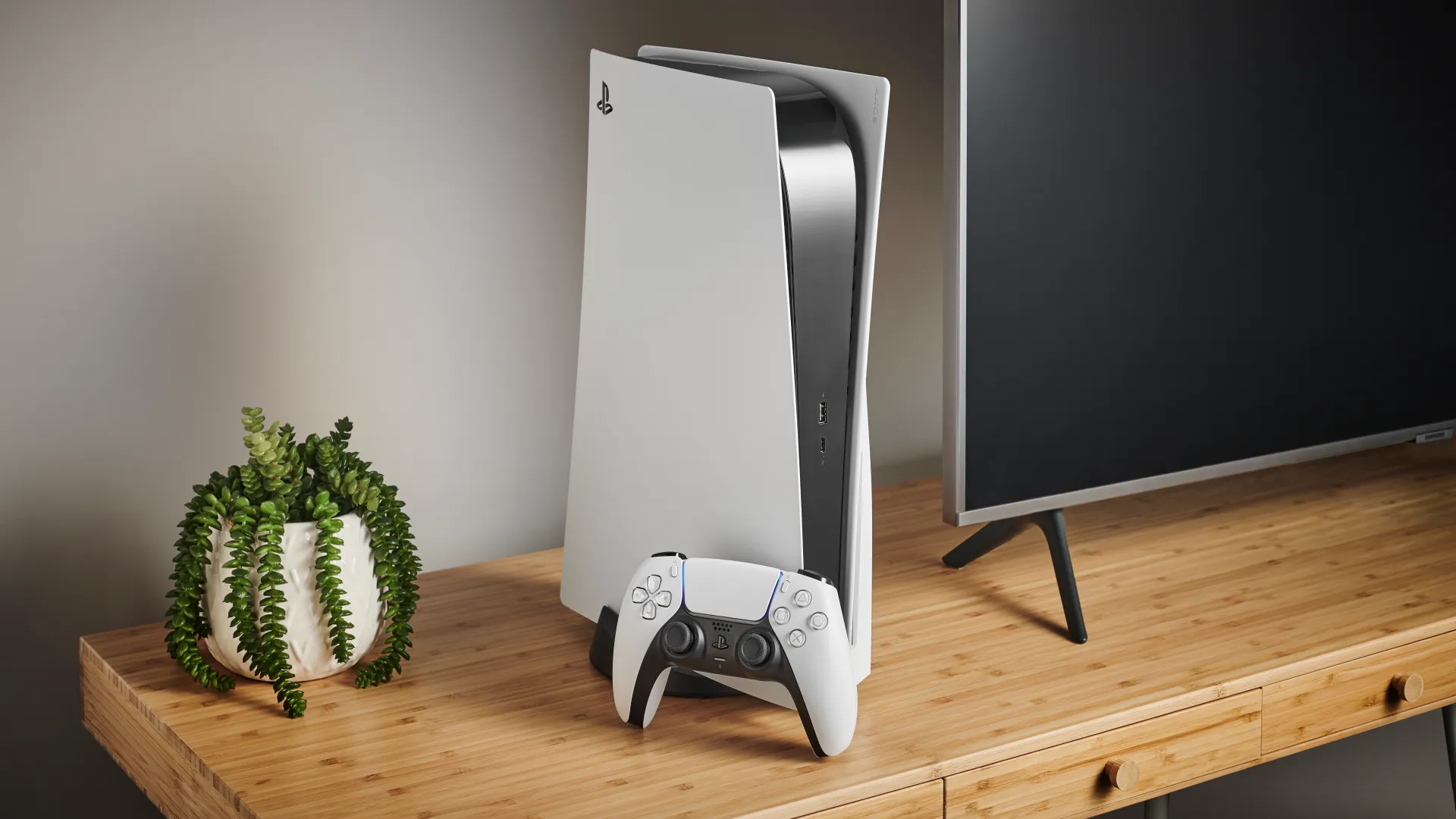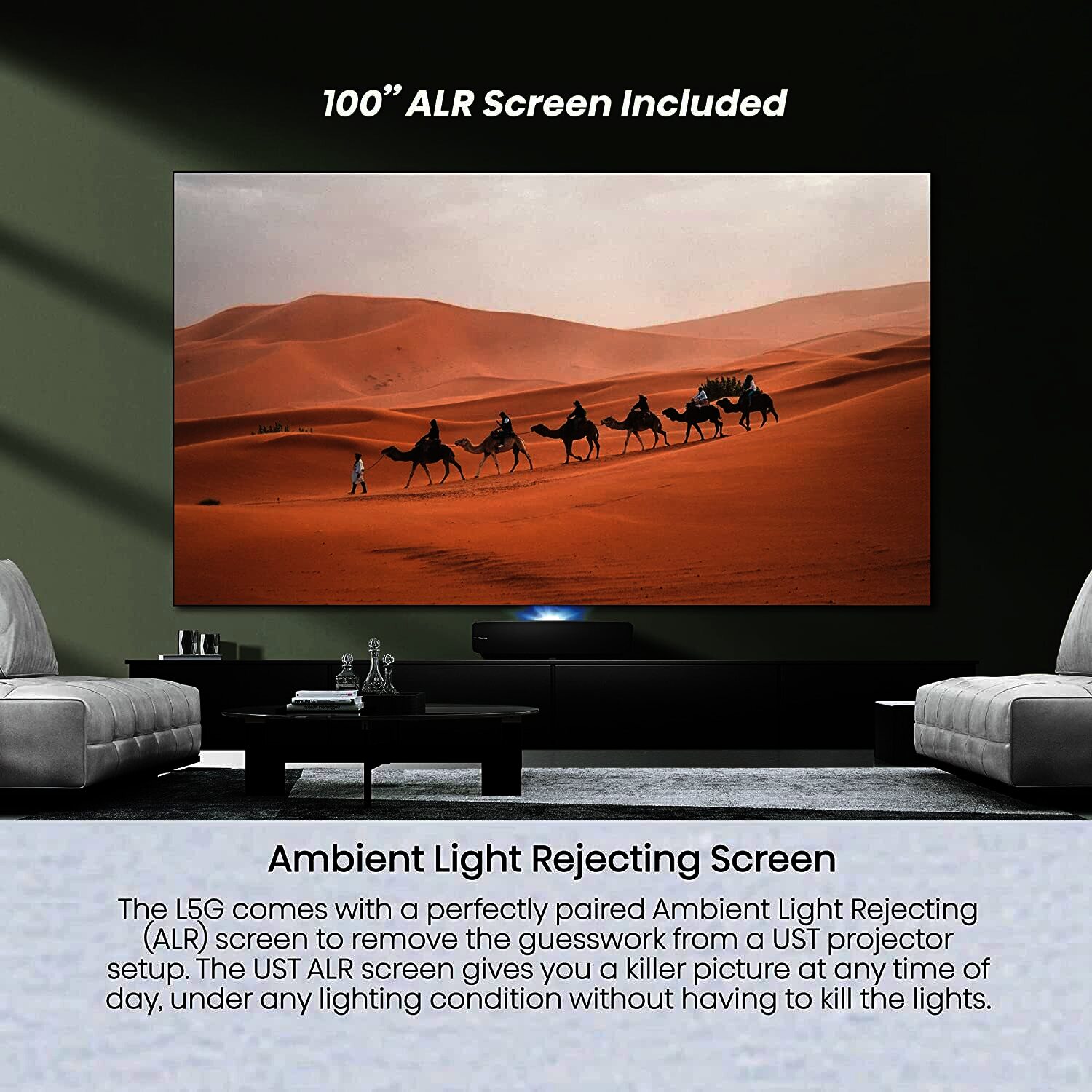TV Buying Guide Nigeria 2025: How to Choose the Perfect Television
Choosing the right television in Nigeria's 2025 market requires navigating through numerous options, technologies, and price points. From budget-friendly ₦271,000 LED TVs to premium ₦8,142,000 OLED displays, this comprehensive guide helps you make the perfect choice for your home entertainment needs.
With brands like LG, Samsung, and Hisense offering cutting-edge features like 4K resolution, smart platforms, and gaming optimization, Nigerian consumers have access to world-class television technology. Whether you're upgrading from an old CRT TV or replacing a modern display, this guide covers everything you need to know.
📺 Nigeria TV Market 2025:
- Price Range: ₦271,000 - ₦16,200,000
- Popular Sizes: 43", 55", 65", 75"
- Display Types: LED, QLED, OLED, Mini-LED
- Smart Platforms: WebOS, Tizen, Android TV
- Key Features: 4K HDR, Gaming modes, Voice control
TV Display Technologies Explained
💡 LED TVs - Most Popular Choice:
- Price Range: ₦271,000 - ₦1,500,000
- Best For: Budget-conscious buyers, bright rooms
- Advantages: Affordable, bright, energy efficient
- Disadvantages: Limited contrast, viewing angles
🌈 QLED TVs - Premium LED:
- Price Range: ₦600,000 - ₦16,200,000
- Best For: Bright rooms, vivid colors
- Advantages: Bright colors, no burn-in
- Disadvantages: Not true blacks like OLED
🖤 OLED TVs - Perfect Blacks:
- Price Range: ₦1,322,500 - ₦8,142,000
- Best For: Dark rooms, movie enthusiasts
- Advantages: Perfect blacks, infinite contrast
- Disadvantages: Expensive, potential burn-in
TV Size Selection for Nigerian Homes
📏 Room Size Recommendations:
- Bedrooms (10-15 sqm): 32-43 inch
- Living Rooms (15-25 sqm): 43-55 inch
- Large Rooms (25+ sqm): 55-65 inch
- Home Theater: 65+ inch
Budget Categories:
- Budget (₦271,000-₦500,000): 43-50 inch LED
- Mid-Range (₦500,000-₦1,000,000): 55-65 inch QLED
- Premium (₦1,000,000+): 55+ inch OLED
Essential TV Features for 2025
🎯 Must-Have Features:
- 4K Resolution: Standard for all new TVs
- HDR Support: Better color and contrast
- Smart Platform: Built-in streaming apps
- Multiple HDMI: Connect multiple devices
- Wi-Fi Connectivity: Wireless internet access
🎮 Gaming Features:
- Low Input Lag: Responsive gaming experience
- 120Hz Refresh Rate: Smooth motion
- HDMI 2.1: Next-gen console support
- VRR Support: Variable refresh rate
Top TV Brands in Nigeria 2025
🏆 LG TVs:
- Strengths: OLED leadership, WebOS platform
- Popular Models: OLED C series, NanoCell
- Price Range: ₦400,000 - ₦8,142,000
📱 Samsung TVs:
- Strengths: QLED technology, Tizen OS
- Popular Models: Neo QLED, Crystal UHD
- Price Range: ₦500,000 - ₦16,200,000
💰 Hisense TVs:
- Strengths: Value for money, good features
- Popular Models: ULED, Mini-LED series
- Price Range: ₦300,000 - ₦1,500,000
Final Recommendations
🎯 Best TV by Category:
- Best Budget: 43-inch LED (₦271,000-₦400,000)
- Best Value: 55-inch QLED (₦600,000-₦800,000)
- Best Premium: 65-inch OLED (₦2,000,000+)
- Best Gaming: OLED with 120Hz (₦1,500,000+)
🛒 Find Your Perfect TV
Ready to upgrade your home entertainment? Explore our complete television collection with competitive prices and authentic products.






